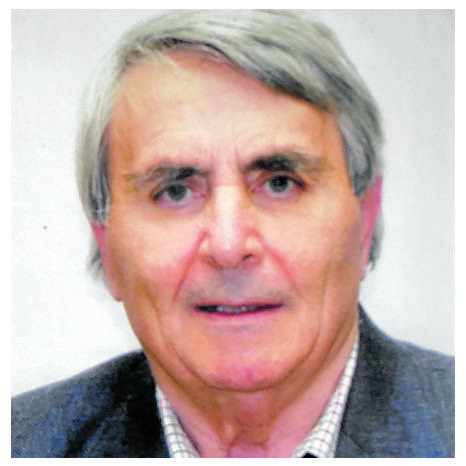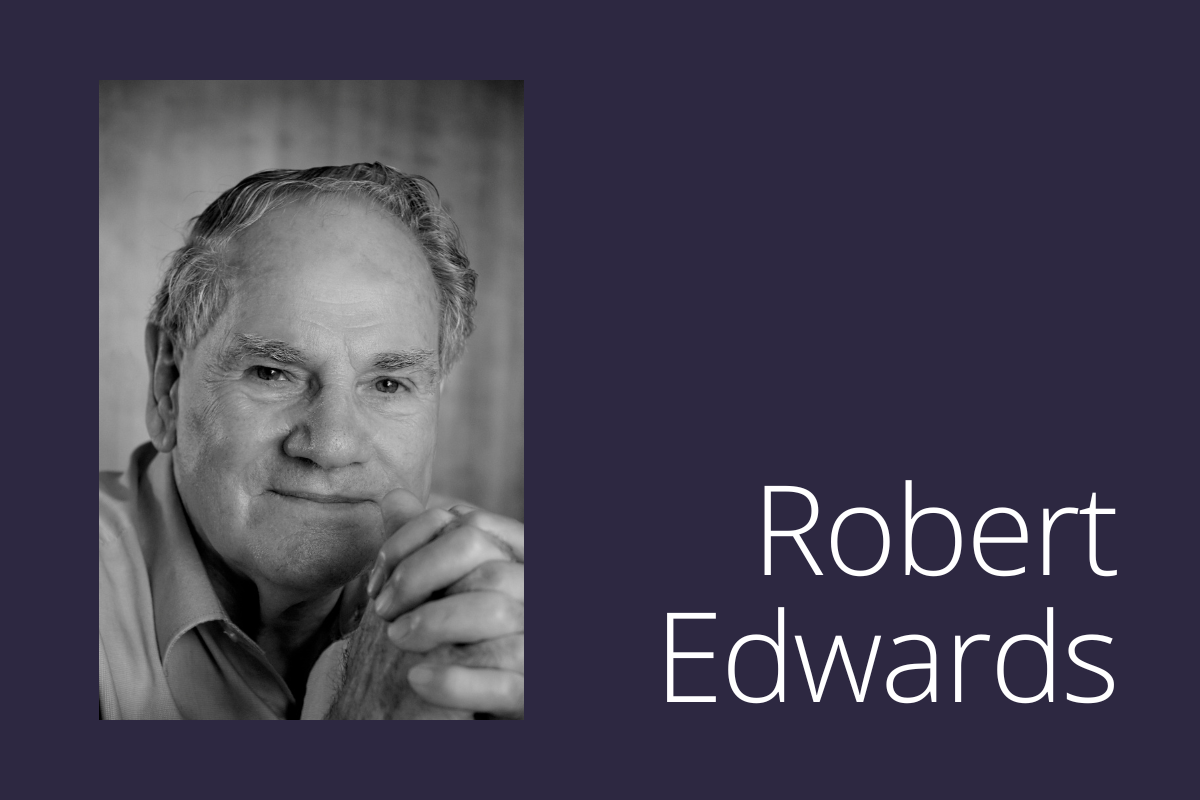
Lorenzo’s Italian origins are marked by the diversity and mobility typical of that mid-twentieth-century generation. His parents came from opposite ends of Italy: his father Antonino was Sicilian and his mother, Argilde, was from the north, near Parma.
Lorenzo was born in Sicily on 11 November 1939, a few months after the outbreak of the Second World War but before Italy joined the conflict. His father left the family to serve with the Italian army in northern Africa, so Argilde took Lorenzo and his sister Anna to her family in the north. Meanwhile Antonino was captured and spent years as a prisoner of war in Africa.
One day in 1947, the young Lorenzo was playing in the street near the family home when a soldier in uniform stopped and spoke to him. The young boy replied courteously and carried on playing. It was only when he returned home for the evening meal that he discovered that the soldier was his own father, whom he now met for the first time at the age of eight. Lorenzo and his father were two peas in a pod and the father had recognised his son immediately, but discretely waited until the meeting in the family home to reveal his identity to his son.
Antonino soon left the chaos of post-war Sicily and took the family back to East Africa. At first Lorenzo was sent to a boarding school near Parma and then to a British school in the Konawa district of Tanzania.
All this moving left two linguistic traces. Lorenzo’s English had an elegant, slightly British veneer to it, while that soft lisped way he had of pronouncing ‘r’ is typical of the Italian of a small area in the north, including Salsomaggiore, his mother’s hometown. His Italian and British education also left him with total command of English, Italian and Latin: a perfect foundation for a career in Renaissance history; he left Swahili behind him when he came to Australia.
In 1954, the family migrated again, this time to Melbourne. Lorenzo eventually enrolled at the University of Melbourne where he studied Renaissance History with Ian Robertson, graduating in April 1970. There he met Carolyn Hopping who would become his wife and together moved to London to complete their PhDs, Carolyn on Early Modern British Puritanism at New College, Lorenzo at Westfield studying the Italian Renaissance with Nicolai Rubinstein. Returning to Australia in 1977, Lorenzo and Carolyn took up teaching positions at the University of Western Australia. The following year Lorenzo moved from the History Department to a permanent position in Italian, whereas Carolyn relinquished her position in 1989 to pursue a career as freelance historian and primary care giver to young sons Mark and Luke. The new Professor of Italian, John Scott, was building something new, a multi-disciplinary department of ‘Italian Studies’, and until his retirement Lorenzo educated a generation of students in Italian history, especially the Renaissance of the city he knew better than any other, Florence.
Lorenzo defied the imperative of the modern university to publish in quantity. He published in quality. His publications were the result of long, patient and brilliant work in the archives of Florence and other Tuscan cities.
Lorenzo was the foremost scholar of the followers of the millenarian preacher Girolamo Savonarola. His doctoral dissertation became his first book, The Elect Nation: The Savonarolan Movement in Florence, 1494-1545 (Clarendon, 1994), published in the Oxford-Warburg Studies series. It was reprinted the following year and nominated an “Outstanding Academic Book” by Choice, the organ of College and Research Libraries of the American Library Association. The first comprehensive study of the religious, political and cultural movement inspired by Savonarola, it was described by one reviewer as a “brilliant and meticulously researched work” and established him as a successor to the Savonarola scholars Joseph Schnitzer, Pasquale Villari, Roberto Ridolfi and Donald Weinstein, and Sergio Bertelli bringing new insights into the followers of Savonarola and especially Domenico Benivieni’s radicalization of the movement. Alongside Cesare Vasoli and Armando Verde, Lorenzo cast new light on the Piagnone movement, which proposed a radical form of government for Florence with Jesus and the Virgin Mary as King and Queen, showing how tightly religion and politics were entertwined in Renaissance Florence. The movement was only disbanded after the definitive return of the Medici in 1530.
Lorenzo’s work found favour not only with secular scholars but also with Florentine Dominicans of the convent of San Marco where he would stay during his frequent research trips. He was appointed to an international committee organizing the cultural and academic activities to celebrate the 500th anniversary of the execution of the firebrand preacher in 1998. He also served on the committee promoting the cause of Savonarola’s beatification, which was relaunched in May 1997 by the Archdiocese of Florence.
A string of articles and chapters projected his research focus to other manifestations of the Savonarolan project. These culminated in his second book, Children of the Promise: The Confraternity of the Purification and the Socialization of Youths in Florence, 1427-1785 (OUP, 1996) published a decade after his first, which traced the history of youth confraternities in Florence over three centuries. Meticulous archival work, combined with a broad historical understanding, traced the history of this lay religious association as it struggled constantly to stay relevant in a changing urban context. While Konrad Eisenbichler’s major study on another youth confraternity, The Boys of the Archangel Raphael (University of Toronto Press, 1998), had few pre-sixteenth-century sources to draw on, Children of the Promise is based on an extensive archive dating from its establishment in San Marco under the protection of Cosimo de’ Medici through to its suppression in 1785.
A large ARC grant, 2006–2008, for a project on “Family, Politics, and Society: The Valori Household and Florence, 1380–1650”, allowed Lorenzo to focus his attention on MS Panciatichi 134 in the Biblioteca Nazionale Centrale in Florence. This manuscript is a compilation of ricordanze composed by eight members of the Valori family over three centuries, long known but not fully studied because of its state of preservation and its complexity. With his former student Catherine Kovesi (now at the University of Melbourne), he edited the entire collection as Memorie di casa Valori (Nerbini 2007). The edition and its introduction are now the standard source on the Valori family along with earlier extended essays by Roslyn Pesman Cooper and Catherine Kovesi.
Late in his career, Lorenzo opened a new field with an article on censi, or ‘rentes’, an investment device widely used elsewhere in Europe – but not, it was thought, in Italy – during the late medieval and Renaissance periods. Through his research on the Valori family (2007) and on a wide range of religious institutions, Lorenzo realized that censi were used extensively in Florence from 1580 to the end of the eighteenth century. A major article, “I censi consegnativi bollari nella Firenze granducale: storia di uno strumento di credito trascurato,” Archivio storico italiano 168 (2010): 263–324, signalled Lorenzo’s entry into a what was for him a new area of research, economic history, and was acclaimed by Richard Goldthwaite, doyen of Florentine economic historians, as a major new contribution to our understanding of Florentine financial instruments. Unfortunately, the volume in which Lorenzo planned to bring this research together remained incomplete at the time of his death.
In addition to his academic writing, Lorenzo served as head of the Department of Italian Studies at UWA, supervised Masters and doctoral theses, and served on editorial and advisory boards, including the Medici Archive Project (New York and Florence), Memorie domenicani, and Rivista di ascetica e mistica. He is remembered as a rigorous and original scholar, but also as a kind and gentle friend, mentor and colleague.
During the four decades he lived in Perth, Lorenzo never lost his love for his many ‘homes’ – Palermo, Parma, Florence, Melbourne. He is survived by Carolyn and their son Mark. Lorenzo was devoted to their younger son, Luke, who died in 2003. The story of their life with Luke’s intellectual disability was lovingly told by Carolyn Polizzotto in her prize-winning book Pomegranate Season (Fremantle Arts Centre Press, 1998).
Emeritus Professor John Kinder FAHA
University of Western Australia
Professor Emeritus Nerida Newbigin FAHA
University of Sydney



